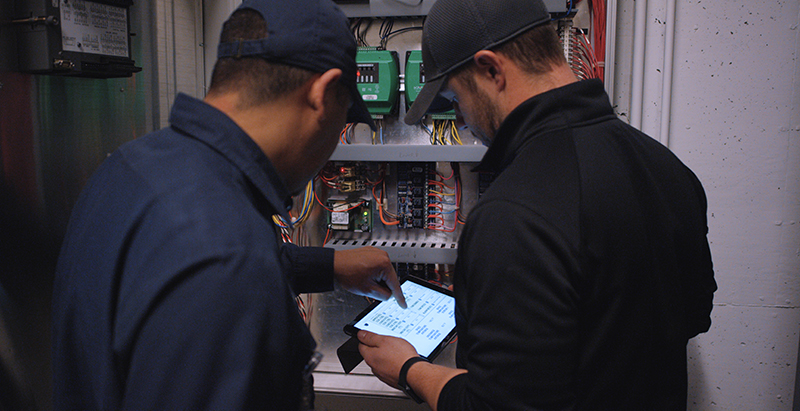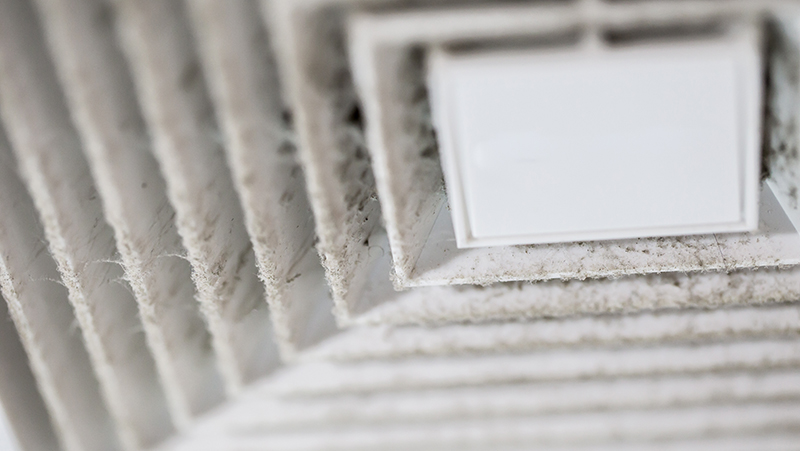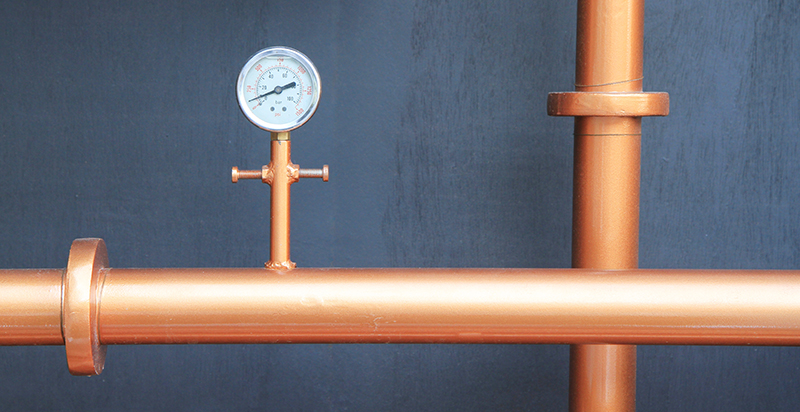Anyone who has worked in an office building is familiar with the dreaded badge. Wearing one of these keycards around your neck is a hallmark of the modern office, and everyone knows what a pain they can be for both employees and the team that has to manage them.

But, there is a better way to control access to company facilities and it is something that every employee already has: A smart phone. That’s right, using a combination of Bluetooth and Near Field Communication (NFC) technologies a smart phone can take the place of traditional badges. Not only can the cell phone be used to control exterior and interior doors, it can actually be more efficient than traditional badges. There is a lot of discussion around The Use of Cell Phones vs. Badges for Access Control. Here are 5 reasons why cell phones are better for access control.
1. Employees always have their cell phones
What is the biggest challenge with badges? Employees forget them all the time. They take them off at home and forget to grab them, or they switch cars with their spouse and forget to take the badge out, or any one of a number of reasons. Every time this happens it makes extra work for office managers and slows the productivity of the employee. No one ever forgets their cell phone though. It has become essential for both work and personal life. Why not use something employees always carry with them for access control?
2. Apps are easier to manage than badges
Getting set up with cell phone based access control is simple. The employee downloads an app, enters in a code provided by the person setting up the controls, and connects to the server. Now an admin can grant the employee access to whichever part of the office is needed. If the employee needs access to another office the same admin can grant temporary access with just a couple clicks of the mouse. No need to distribute new badges every time an employee travels. If an employee quits, or is fired, access to the app can be immediately disabled. There is no need to run around trying to collect badges from ex-employees.
3. It is more convenient for the employee
Ever have one of those mornings where you have 10 things in your hands and you are trying to get in the office? Badging in can be a pain on those days, which seem to occur more often than not. Many cell phone based access control systems don’t even require the employee to take the cell phone out of their pocket. They can simply walk up to the door and it unlocks for them, meaning they are not spilling their coffee at the office entrance for the third time this week.
4. Cell phone access control is more secure than badge access control
Every company is concerned about security and cell phone access control is more secure than badge access control. As mentioned above, employees always have their phone on them but not necessarily their badges. Most employees leave their badges in their car at night. Which means if their car gets broken into an unauthorized user has access to your facility. Whereas if a cell phone is stolen the employee can disable the phone remotely. Cell phones also require pass code authentication, so even if a thief were to steal an employee’s cell phone they would not be able to gain access to your company’s facilities.
There is also a matter of targeting. Using a badge for access control means that every time employees go to lunch they are proudly displaying their name along with your company name to anyone who is in the area. Using smart phones for access control means that your employees stay anonymous when they are out during the day, keeping them and your company more secure.
Smart phone access control systems also provide detailed access logs that can be incorporated into other security controls. Making it easy to track unauthorized employee movement and take quick action against violators.
5. Cell phone access control is just cool
Business decisions should not be made solely based on the “cool factor”, but there is nothing wrong with factoring that into the decision process. Using smart phones for access control is cutting edge technology and on top of being more efficient, more secure and easier to manage is just plain cool.
If you want to know more about cell phone access control systems please contact us.

















